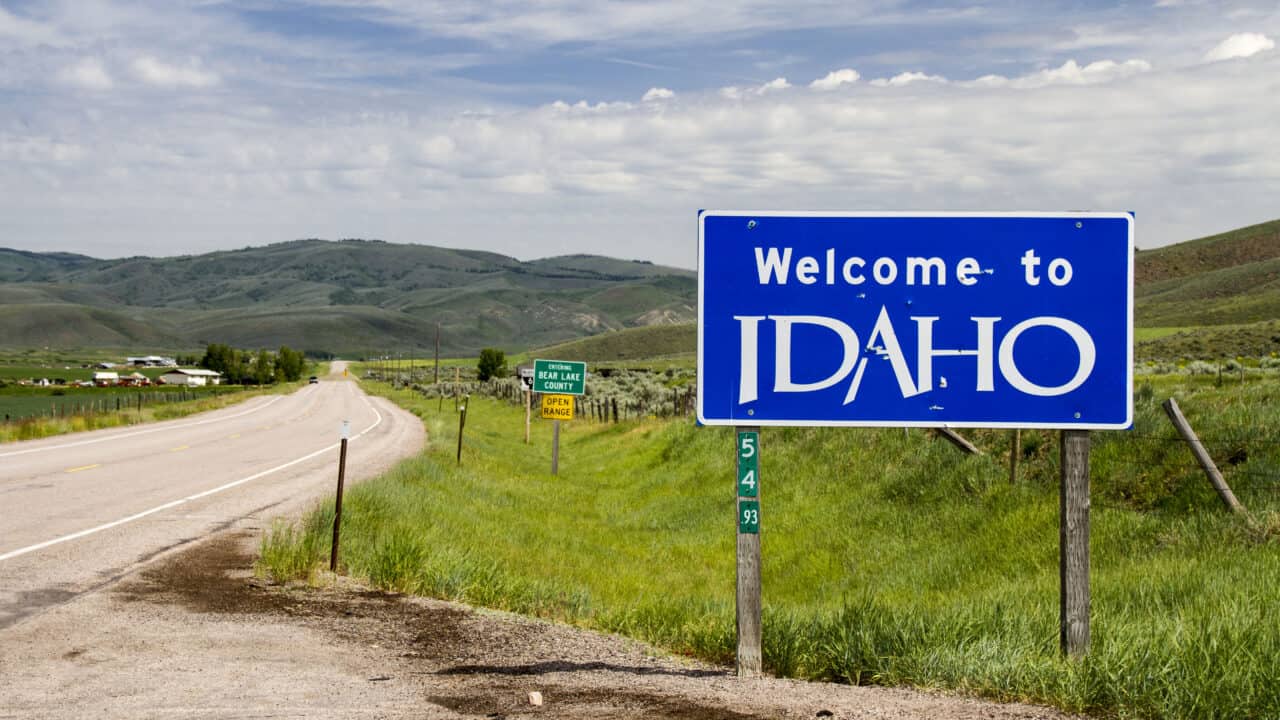
Oregon’s 13 eastern counties, which make up 63% of the state’s landmass and 9% of the state’s population, are vying to become part of what is known as Greater Idaho. Of these 13 counties, 11 have already voted to join Idaho. This movement began as the increasingly left-wing government of Oregon has been at odds with the interests of the state’s eastern communities, which has led the majority of those residents to vote in favor of joining the more rural and conservative Idaho.
“Idaho would have the satisfaction of freeing rural, conservative communities from progressive blue-state law,” said former Oregon House Speaker Mark Simmons. “We are dismayed by the manner in which Oregon government has marginalized our values and villainized our resource-based livelihoods. This is why our counties voted 75% Republican last year (Idaho voted 67% Republican).”
In 2020, Oregon voters overwhelmingly passed a proposal that decriminalized small amounts of hard drugs. In the years since enactment, Idaho communities near the Oregon border have been exposed to an inflow of drugs from nearby Oregon vendors. By moving the state boundary westward, those communities would be given a buffer zone from Oregon’s radical drug policies, where in contrast, Idaho voters already rejected not only the decriminalization of hard drugs, but also marijuana legalization.
The Idaho House of Representatives recently signaled their support for Greater Idaho by passing a nonbinding resolution calling for formal talks with the Oregon State Legislature about shifting the Oregon border.
The difference in tax policy between Oregon and Idaho may also play a role in motivating these 13 eastern counties to join Idaho. Since January of 2023, Idaho’s flat tax rate has been 5.8%, after the state legislature cut taxes on three separate occasions in the last few years. Idaho has also offered $500 million in tax rebates in response to a recent $2 billion budget surplus.
Idaho’s dedication to tax cuts stands in stark contrast to Oregon’s repressive high-tax regime. Newly elected Oregon Governor Tina Kotek is considering withholding a constitutionally stipulated Kicker Refund from taxpayers to pay for a 26% increase in the state budget, one of the largest budget increases of any state, for unnecessary new programs and costly state projects. Some examples include a 36% increase in healthcare funding and an extra $1 billion for education despite a decline in enrollment. Oregon also has a graduated state income tax rate of 9.9% on earnings over $8,000, and a corporate tax rate between 6.6% and 7.6%.
Unlike Oregon, which has one of the highest tax rates in the country, the Idaho legislature has proven they care about taxpayer’s wellbeing and fiscal responsibility, which has resulted in a significantly lower tax rate in the last few years. Considering the cultural differences between the Oregon government and its 13 eastern counties, as well as distinctions on drug and tax policy in Oregon versus Idaho, it’s no wonder why they would like to become a part of Idaho, and why the Idaho House of Representatives and Oregon officials support such a measure.

